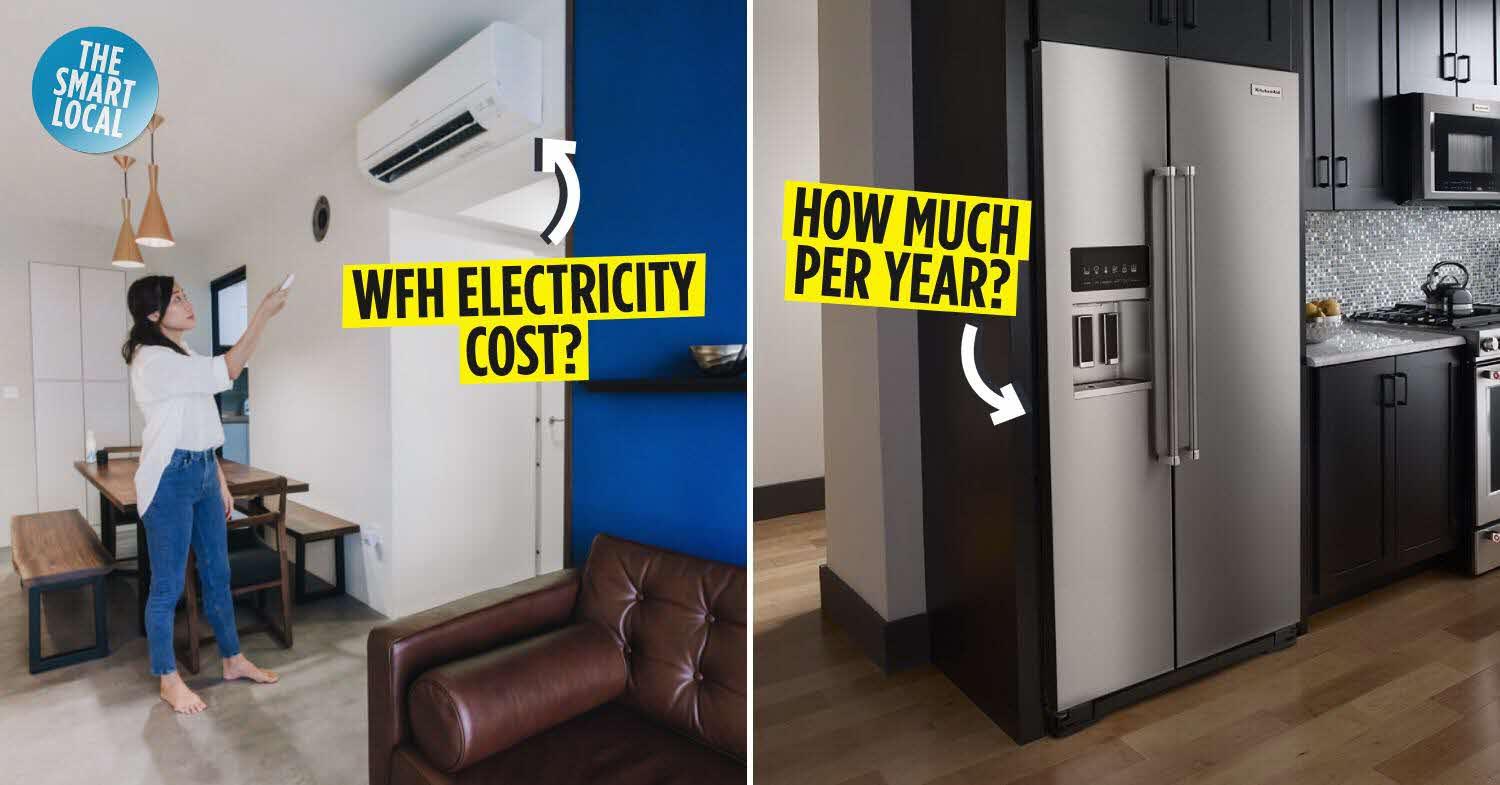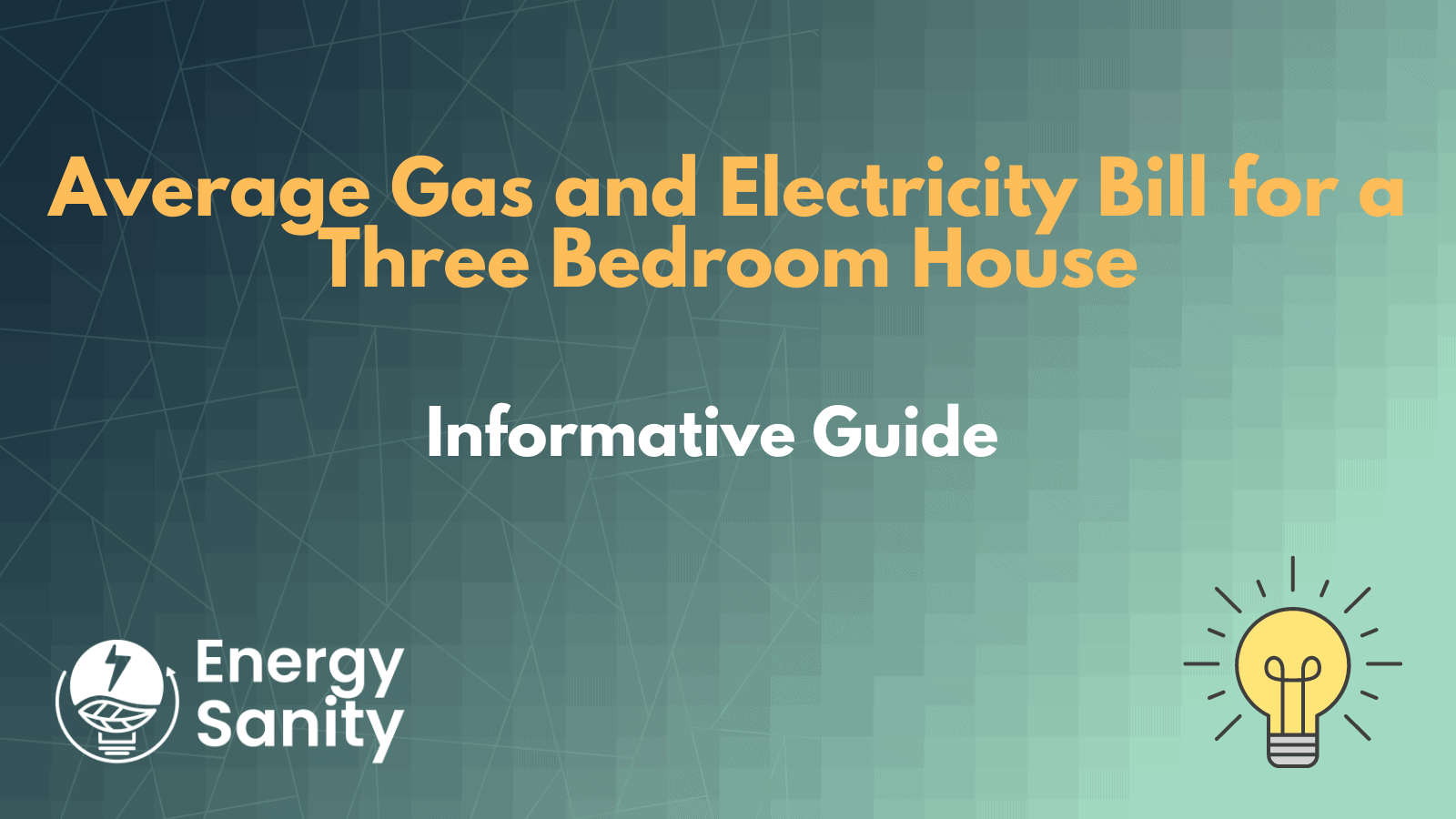Factors Influencing Electric Bill Costs: Average Electric Bill For One Bedroom Apartment

The average electric bill for a one-bedroom apartment can vary significantly based on several factors. Understanding these factors can help tenants make informed decisions to reduce their energy consumption and save money.
Appliance Usage
The appliances used in a one-bedroom apartment play a significant role in determining electricity consumption.
- Refrigerator: A refrigerator runs continuously and accounts for a considerable portion of energy usage. Older refrigerators are less energy-efficient and consume more electricity than newer models.
- Oven and Stove: Using an electric oven or stove consumes a significant amount of electricity, especially during extended cooking sessions.
- Washing Machine and Dryer: These appliances are major electricity consumers, particularly if they are older models.
- Electronics: Televisions, computers, and other electronic devices consume electricity even when they are not in active use.
By choosing energy-efficient appliances and using them responsibly, tenants can significantly reduce their electricity consumption.
Heating and Cooling Systems
Heating and cooling systems are major contributors to electricity bills, especially during extreme weather conditions.
- Central Air Conditioning: Central air conditioning systems are generally more energy-efficient than window units, but they also consume a significant amount of electricity.
- Window Units: Window units are less expensive to install than central air conditioning systems, but they are generally less energy-efficient.
- Heating Systems: Electric heating systems, such as baseboard heaters, consume a considerable amount of electricity, particularly during cold weather.
Choosing the right heating and cooling system for your apartment and using it efficiently can make a significant difference in your electric bill.
Energy Efficiency
The energy efficiency of a one-bedroom apartment can significantly impact electricity consumption.
- Insulation: Proper insulation helps to prevent heat loss in the winter and heat gain in the summer, reducing the need for heating and cooling.
- Windows: Double-paned windows are more energy-efficient than single-paned windows, reducing heat loss and gain.
- Lighting: Using energy-efficient LED bulbs can significantly reduce electricity consumption for lighting.
Making energy-efficient upgrades to your apartment can result in significant savings on your electric bill.
Electricity Consumption Patterns
The electricity consumption patterns of one-bedroom apartments can vary depending on the type of apartment and its features.
- Apartments with Central Air Conditioning: These apartments generally have higher electricity consumption during the summer months due to the use of air conditioning.
- Apartments with Window Units: These apartments may have lower electricity consumption during the summer months compared to those with central air conditioning, but they may also have higher consumption during the winter months if they rely on electric heating.
Understanding the electricity consumption patterns of your apartment can help you identify areas where you can save energy and reduce your electric bill.
Geographic Location and Climate
The geographic location and climate of a one-bedroom apartment can significantly impact its electricity consumption.
- Climate: Apartments located in areas with hot and humid climates will generally have higher electricity consumption due to the need for air conditioning. Apartments in cold climates will have higher electricity consumption due to the need for heating.
- Geographic Location: The geographic location of an apartment can also impact its electricity consumption. For example, apartments located in areas with high electricity rates may have higher electric bills.
By understanding the impact of geographic location and climate on your electric bill, you can make informed decisions about energy consumption and savings.
Average Electric Bill Ranges

The cost of electricity for a one-bedroom apartment can vary significantly depending on factors like location, apartment size, energy efficiency, and personal usage habits. To give you a general idea, here’s a breakdown of average electric bill ranges across different regions of the United States.
Average Electric Bill Ranges by Region, Average electric bill for one bedroom apartment
The average electric bill for a one-bedroom apartment can vary significantly depending on the region. Here’s a table summarizing typical ranges:
| Location | Average Bill Range | Notes |
|---|---|---|
| Northeast | $75 – $150 | Higher energy costs due to colder climates and reliance on heating systems. |
| Southeast | $50 – $100 | Generally lower costs, but can fluctuate depending on air conditioning use during summer months. |
| Midwest | $60 – $120 | Moderate costs, with potential variations based on heating and cooling needs. |
| Southwest | $40 – $80 | Lower costs, but air conditioning use can significantly impact bills during hot summers. |
| West Coast | $80 – $160 | Costs can vary significantly depending on the state and climate, with higher costs in areas with colder winters. |
Factors Affecting Electric Bill Variations
Beyond location, several other factors can influence your electric bill:
* Time of Year: Heating and cooling demands can significantly impact energy consumption and, consequently, your bill. For instance, expect higher bills during winter months due to heating needs and summer months due to air conditioning use.
* Utility Provider: Different utility companies have varying rates, so comparing offers and choosing the most affordable option is essential.
* Apartment Building Age: Older buildings tend to be less energy-efficient, leading to higher energy consumption and higher bills.
* Energy Efficiency: Energy-efficient appliances and lighting can significantly reduce your energy consumption and save you money on your electric bill.
Tips for Reducing Electricity Consumption

Reducing your electricity consumption is a smart way to save money and reduce your environmental impact. By making a few changes to your daily habits and home, you can significantly lower your electric bill and contribute to a greener future.
Optimizing Appliance Usage
Optimizing appliance usage is crucial for reducing energy consumption. Here are some practical tips:
- Choose Energy-Efficient Appliances: Look for appliances with the Energy Star label, indicating they meet specific energy-efficiency standards. For example, an Energy Star refrigerator can use 20% less energy than a standard model.
- Utilize Energy-Saving Settings: Most modern appliances offer energy-saving settings, such as “eco” or “power-saving” modes. Using these settings can significantly reduce energy consumption without compromising performance.
- Schedule Tasks for Off-Peak Hours: Many utilities offer lower rates for electricity used during off-peak hours. For example, running your dishwasher or washing machine at night can save money on your electric bill.
- Unplug Unused Appliances: Even when turned off, many appliances draw a small amount of power, known as “phantom load.” Unplugging unused appliances or using smart power strips can reduce this energy waste.
Improving Home Insulation and Sealing Air Leaks
Proper insulation and sealing air leaks are essential for preventing heat loss in the winter and heat gain in the summer. This can significantly reduce the amount of energy your home requires to maintain a comfortable temperature:
- Insulate Walls and Attics: Adding insulation to your walls and attic can significantly reduce heat loss or gain. The amount of insulation you need depends on your climate and the existing insulation levels in your home.
- Seal Air Leaks: Air leaks can occur around windows, doors, and other openings. Caulking, weatherstripping, and using foam sealant can help seal these leaks and prevent energy loss.
- Install Storm Windows or Doors: Installing storm windows or doors can create an extra layer of insulation, further reducing heat loss or gain.
Choosing Energy-Efficient Lighting
Switching to energy-efficient lighting can dramatically reduce your electricity consumption. Here are some options:
- LED Bulbs: LED bulbs are the most energy-efficient lighting option available, using up to 80% less energy than traditional incandescent bulbs. They also last much longer, reducing the need for frequent replacements.
- Compact Fluorescent Bulbs (CFLs): CFLs are another energy-efficient option, using about 75% less energy than incandescent bulbs. They last longer than incandescent bulbs but not as long as LEDs.
- Utilize Natural Light: Maximize the use of natural light by opening curtains and blinds during the day. This can significantly reduce your reliance on artificial lighting.
